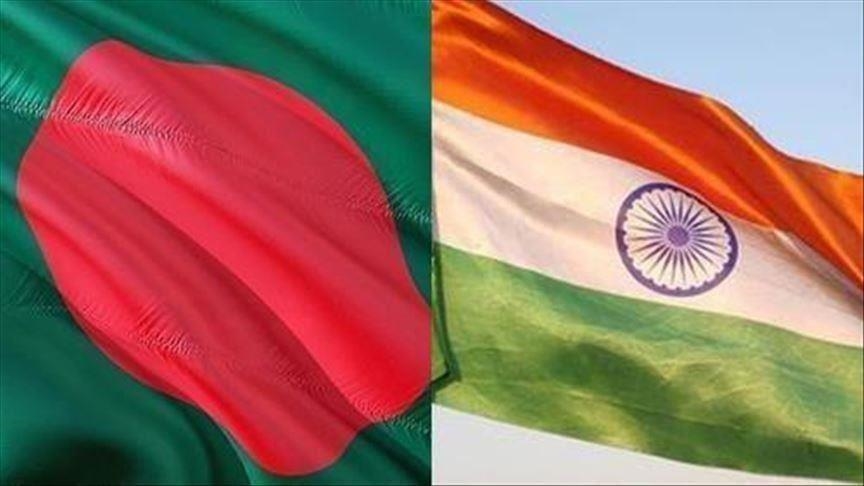Bangladesh, India launch trade in local currency
South Asian neighbors to reduce dependency on US dollar, strengthen regional currency and trade

DHAKA, Bangladesh
Bangladesh and India on Tuesday launched the much-anticipated trade transaction in local currency in a bid to reduce their dependency on the US dollar and strengthen regional currency and trade.
For the first time, Bangladesh's bilateral trade with India is starting in the Indian rupee in addition to the US dollar. Initially, the trade will be transacted in rupee and then gradually in Bangladeshi currency Taka upon the trade gap between the two countries decreasing, according to the central bank of Bangladesh.
The decision of running trade in local currency has been taken as both neighboring countries face a dollar crisis.
The local currency-based trade was inaugurated at an event held in the capital Dhaka jointly organized by Bangladesh Bank and the Indian High Commission in Dhaka, who also exchanged a letter of credit (LC) between exporters and importers.
Banks in Bangladesh and India have been given permission to open nostro accounts, an account in a bank of another country for the purpose of foreign currency transactions.
Bangladesh Bank Governor Abdur Rouf Talukder and High Commissioner of India in Bangladesh Pranay Verma joined the launching ceremony held at a hotel in Dhaka.
The launching got momentum following Bangladeshi Prime Minister Sheikh Hasina’s recent visit to India, the governor said at the launching ceremony.
The exchange rate will be determined in line with market demand and banks involved in the process, explained Amit Kumar, State Bank of India’s head of operation in Bangladesh, in his presentation.
Dual currency card
Meanwhile, the Bangladesh central bank governor announced that his bank is going to introduce the dual currency (Taka-Rupee based) card this September.
With this card, Bangladeshi users can make purchases within the country as well as use it in India.
According to the latest official data from Dhaka, exports from Bangladesh to India amount to $2 billion, while Bangladesh's imports from India are worth $13.69 billion.
Bangladesh may not be able to reap the benefits of the new system very quickly because of the trade deficit, economists fear.
“I am not just looking into this $2 billion export. When we export and import in Indian rupees, it will have an effect on both countries’ exporters and importers. We can increase our exports manifold, because customers in India will be buying things in their own currency, considering it as their own products,” Talukder said.
“It will open a new window for us in a bigger way in this (Indian) market because India is a big market,” he hoped.








